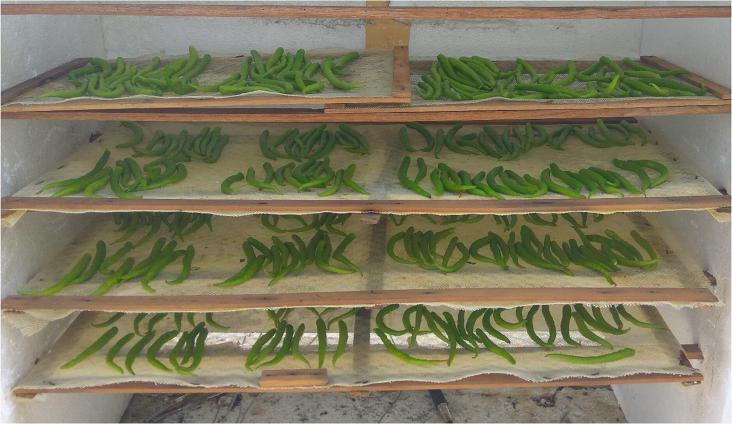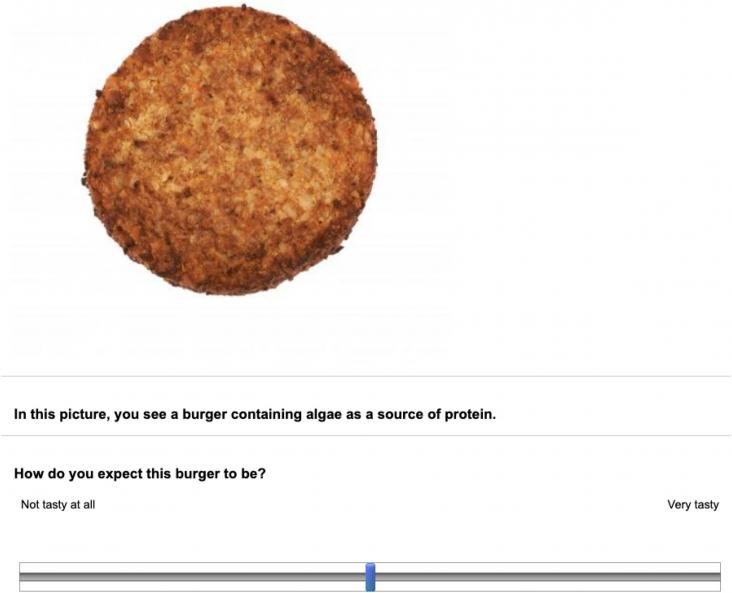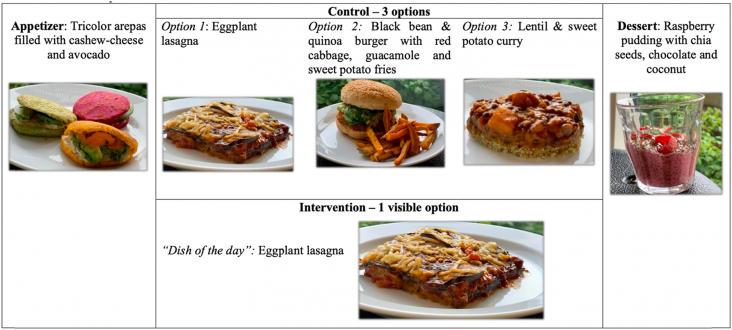Public health nutrition is the promotion of nutrition-related health of populations.

The energy, exergy and economic analysis of indirect type solar dryer (ITSD) was performed while drying green chilli under forced and natural convection.
The interest in eating insects as food is increasing, not least for sustainability reasons. However, the acceptance among consumers remains low.
In this paper the authors conclude that clear trends emerged in measuring pathways between agriculture, food systems, and nutrition. There were many innovations combining measurement across domains, such as mixing and matching from water, food production, ecology, nutrition, health, and others to capture complexity and new levels of impact.
Even though a significant improvement in growth and nutrition was not noted among the integrated interventions, the importance of water, sanitation, and hygiene (WASH) and addressing it in reducing undernutrition is of the utmost importance
The authors demonstrate that water security is a powerful concept that is still in its early days in the nutrition literature. Water security also likely plays critical roles in outcomes upon which the public health community has broadly agreed as important: nutritional, mental, physical, and economic well-being. Increased attention to the benefits of ensuring water security and best practices for doing so are therefore needed
Responsive small-molecule fluorescence probe specific for target analyte detection is an emerging technology for food safety and quality analysis.

Within recent years, demand as well as supply of products to replace meat, so called meat alternatives, have increased. For future products, new plant-based protein sources are of high interest.

A nudge experiment was performed to evaluate the effectiveness of presenting a menu with the dish-of-the-day (DoD) vs.
The use of grains as an alternative to wheat in breadmaking has rapidly grown in the last few years, driven by the Sustainable Development Goals toward improving food security and promoting sustainable agriculture. Flours from legumes, pseudo-cereals, minor cereals and milling by-products, such as bran, are of particular interest. The production of partially substituted or wheat-free bread is, however, a challenging task in terms of texture and flavour attributes.
